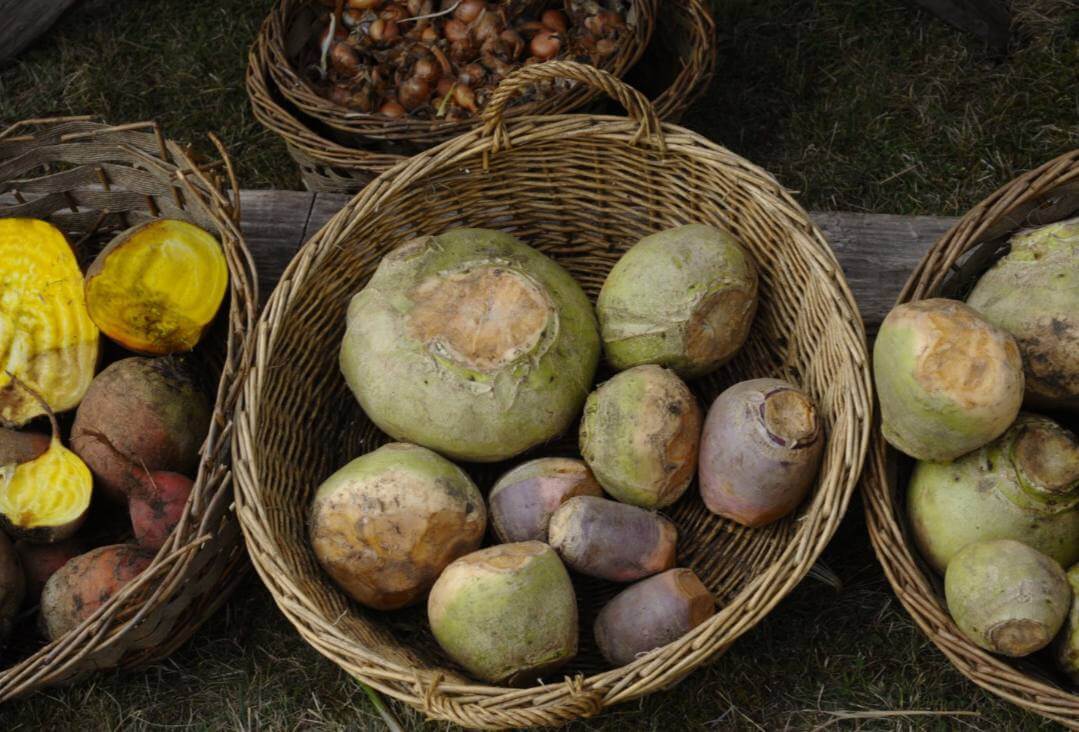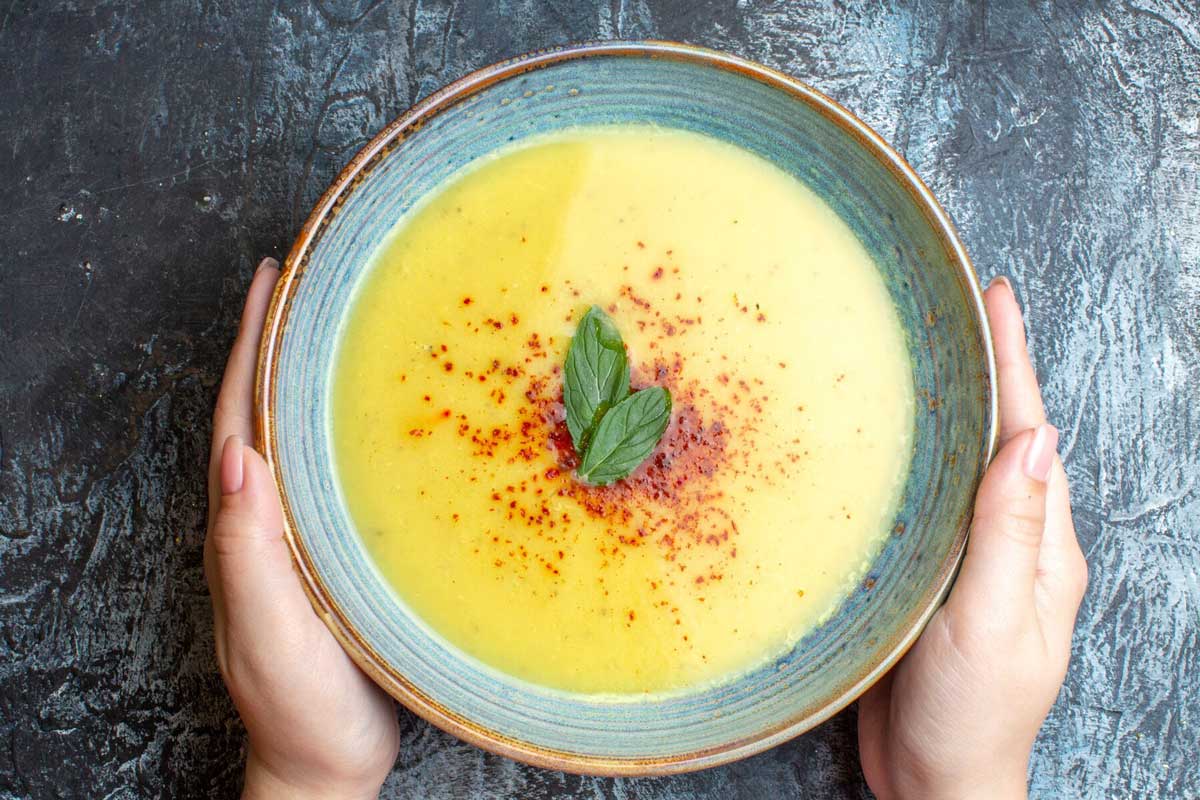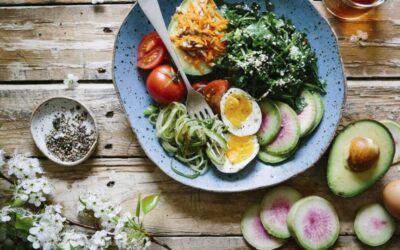Rutabaga, also known as swede or Swedish turnip, belongs to the cruciferous family and is a hybrid of turnip and cabbage. It’s a root vegetable with a sweet taste, in season from September to February. While it has a strong, sharp flavor and earthy smell, it’s milder than turnip when raw. When cooked, rutabaga tastes slightly sweet, savory, and buttery, like sweet potato, but with a slight bitter aftertaste. In this article, we’ll discuss the benefits and properties of rutabaga, and I’ll tell you what to cook with it.
Properties of Rutabaga
Rutabaga or swede has a wide range of health benefits thanks to its excellent source of vitamins and nutrients. This beneficial vegetable is especially rich in vitamins C, E, K, and B6, and is also a good source of manganese, potassium, magnesium, calcium, iron, zinc, carotene, and fiber.
You can usually find it in Chinese, Japanese, Indian, Scandinavian, European, British, and American cuisines, and it’s widely used as a vegetable due to its high nutrient content.

Benefits of Rutabaga
You’ll be surprised by the health benefits of eating rutabaga:
Cancer prevention and fighting: Rutabaga contains a sulfur-containing antioxidant, glucosinolate, which has been shown to reduce the growth of cancer tumors. It contains carotene and vitamin C, which fight free radicals and promote cell health.
Helps with diabetes and weight loss: Rutabaga contains less starch than potatoes, making it an excellent vegetable for people with insulin resistance or diabetes. High-fiber vegetables like rutabaga are also good for metabolism and satiety while being low in calories.
Improves digestion: The fiber in rutabaga feeds beneficial gut bacteria and also helps with constipation.
Supports blood pressure and cardiovascular health: The potassium in rutabaga can help lower blood pressure by reducing stress. Its fiber content also helps lower cholesterol levels.
Liver and gallbladder support: Thanks to its bitter components, it’s great for supporting the liver and gallbladder, especially when combined with ghee and olive oil.
While rutabaga has many health benefits, it should be consumed in moderation. It may cause discomfort if you have irritable bowel syndrome or an allergy related to cruciferous vegetables.
Choosing and Storing Rutabaga
This seasonal vegetable is available in cool months. Choose medium or small-sized rutabagas that are smooth, firm, feel solid (heavy for their size), and have no spots on the skin. Old rutabagas sold out of season will be softer and have a stronger/slightly bitter taste. I store my rutabaga in the fridge, wrapped in a slightly damp towel in the vegetable drawer, and it can stay fresh for 7-10 days.
What to Cook with Rutabaga?
Rutabaga can be boiled, steamed, or fried, as well as added to various dishes and baked. This root vegetable is great to slice and add to stews, pies, and casseroles. You can also use rutabaga to make a slightly sweeter mashed potato – just replace half the potatoes with rutabaga! It’s also delicious combined with carrots and parsnips in soups. Try roasting these vegetables with oil, garlic, and your favorite spices, then blending them together with a bit of broth to make a soup.

Rutabaga Soup Recipe
Enjoy this nutritious and flavorful rutabaga soup that’s both easy to prepare and satisfying to eat!
Ingredients:
- 1 onion, coarsely chopped
- 1 garlic clove, finely chopped
- 400g rutabaga, peeled and chopped
- 50g carrots, peeled and chopped
- 1/2 tsp smoked paprika
- 1 tsp dried thyme
- 1/2 tsp sea salt
- Ground black pepper
- 2 tbsp extra virgin olive oil
- 1/2 tsp ghee
- 1.2L vegetable or chicken broth
Instructions:
- Pour oil into a large pot and place over medium heat.
- When the oil is hot, add the onion and stir. Continue cooking until the onion becomes translucent.
- Add rutabaga, carrots, and garlic, stir and cook for another 3-4 minutes.
- Add thyme, smoked paprika, sea salt, and black pepper and mix.
- Pour in the vegetable broth.
- Bring the contents of the pot to a boil.
- Reduce heat and cook for 20-25 minutes or until carrots and rutabaga are soft.
- Remove from heat and let cool for a few minutes.
- In a blender, puree the soup until smooth and velvety.
- Finish the soup with ghee and serve.
Nutrition Per Serving (assuming 4 servings):
- Calories: 165 kcal
- Carbohydrates: 18 g
- Protein: 3 g
- Fat: 10 g
- Saturated Fat: 2 g
- Polyunsaturated Fat: 1 g
- Monounsaturated Fat: 7 g
- Sodium: 650 mg
- Potassium: 520 mg
- Fiber: 4 g
- Sugar: 7 g
- Vitamin A: 2500 IU
- Vitamin C: 35 mg
- Calcium: 80 mg
- Iron: 1.5 mg
Be sure to try making this seasonal and simple soup. By following seasonal rhythms, we can reduce the potential for seasonal imbalances. Using seasonal products is one of the main ways to maintain our own health.






0 Comments